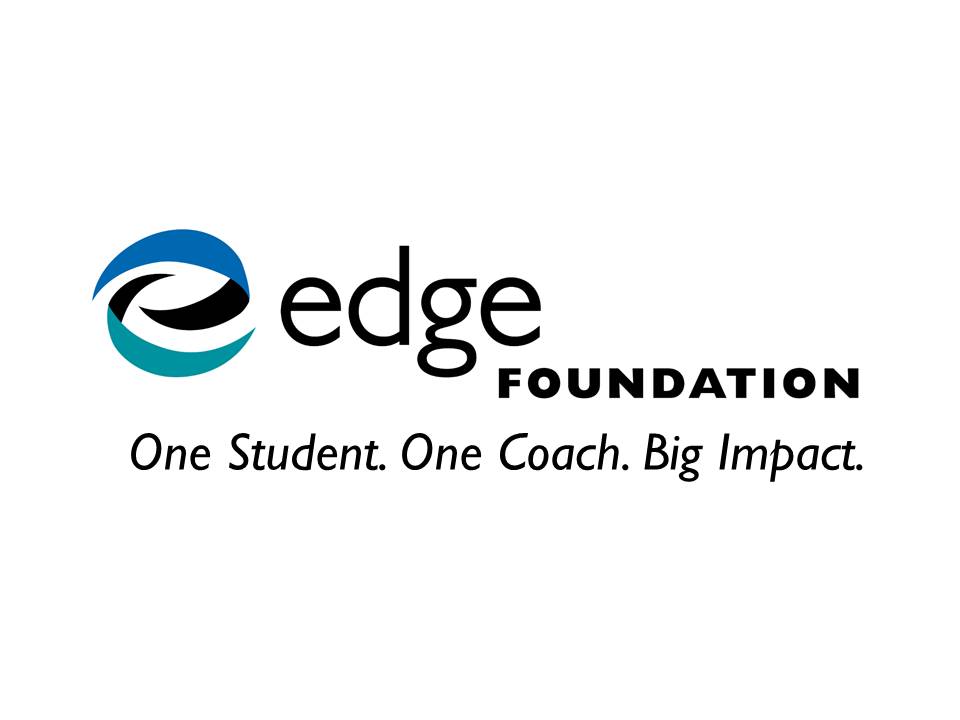
The results of a new researchers study, to be reported in theApril 2019 issue of the Journal of the American Academy of Child and Adolescent Psychiatry, show that trigeminal nerve stimulation (TNS), administered during sleep, is both effective and safe for treating ADHD in children. The study concludes that the treatment helps reduce behavioral symptoms of ADHD and increases activity in brain circuits that modulate hyperactivity.
TNS is not a new procedure – it has already been approved in Canada and Europe to treat adults with medication-resistant depression and seizures. Its application in treating childhood ADHD is new.
Here is how it works.
- TNS utilizes a small stimulator worn on a child’s clothes to emit a low-level current, powered by a 9-volt battery.
- Thin wires are connected to the device with an adhesive electrode patch worn across the forehead during sleep.
- Mild stimulation is applied to the skin, barely or not perceptible to the child. This leads to activation of deeper brain areas associated with concentration and impulse control.
- Children wear the patch an average of eight hours nightly and patches are removed each morning.
Acccording to James McGough, MD, Professor and child psychiatrist at the Jane & Terry Semel Institute for Neuroscience and Human Behavior at University of California, Los Angeles, “Our current treatments mostly depend on medication with some role for behavioral therapies. Although there is great demand for non-medication ADHD treatments, the most popular options have minimal, if any, scientific evidence supporting their use.” His team wanted to investigate whether a non-medication treatment like TNS could reduce behavioral symptoms of ADHD in children.
Researchers recruited 62 children ages 8-12 years old and randomized them to receive active or false TNS nightly for 4 weeks. They observed benefits in the active group within the first week of treatment, with increasing improvement over the remaining weeks. Improvement for the group receiving false (or “sham”) TNS was comparable to that seen with currently FDA-approved non-stimulant ADHD medications.
In addition to reductions in behavioral ADHD symptoms, investigators discovered positive changes in brain activation with active TNS, as measured by electroencephalography (EEG). In addition to behavioral improvement, they also found measurable changes in neurological functioning, suggesting that TNS has beneficial effects by increasing activity in brain circuits that modulate hyperactivity and impulsivity. Study results further suggested that TNS might be effective in reducing pediatric anxiety symptoms, consistent with other studies of TNS for adult depression and post-traumatic stress disorder.
This results of the study indicate the strong potential of TNS for ADHD therapy. Dr. McGough, the lead author of the study said, “I am excited that we found significant reductions in ADHD symptoms, as well as associated improvements in brain functioning, as a result of TNS therapy. Treatment was well accepted by patients and families, compliance was high, and there were no clinically important side effects. TNS has great potential as an additional option for managing ADHD.”


